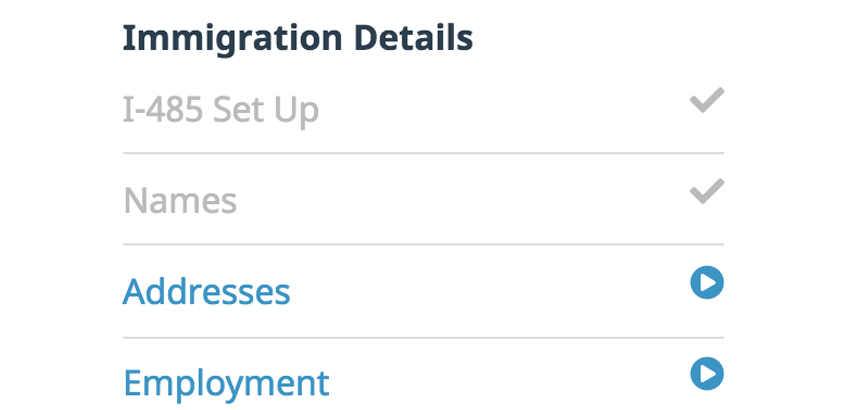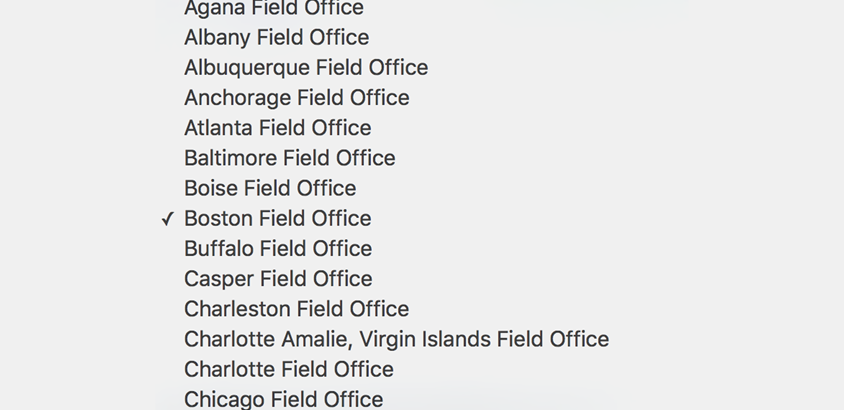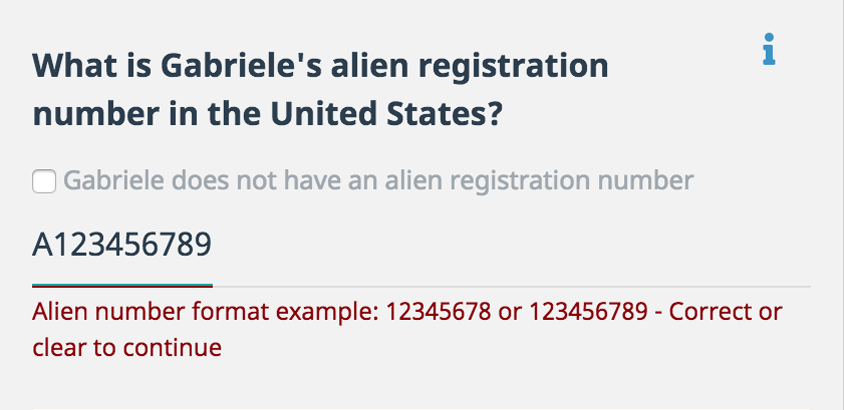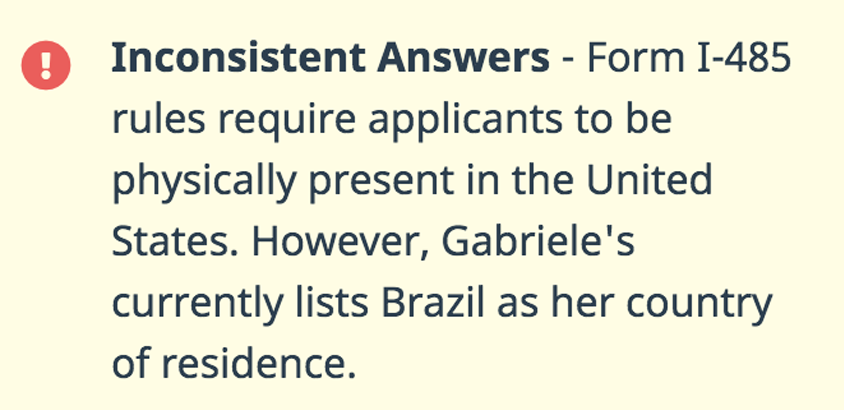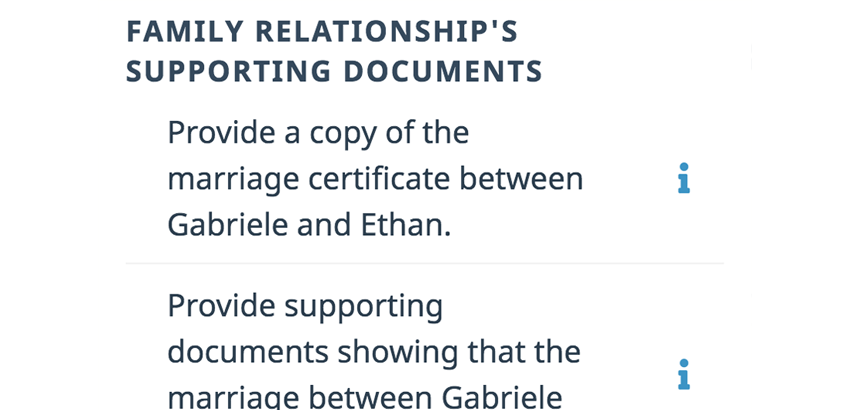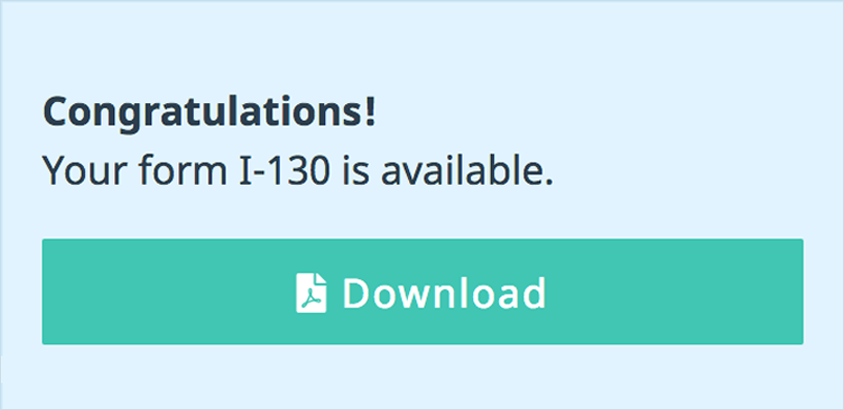National Visa Center (NVC)
Getting to ‘case complete’ to get your interview scheduled.
What are the detailed NVC steps for family Green Card applicants?
The National Visa Center (NVC) ensures that all the family-based green card applications going through consular processing are ‘documentarily qualified’ (‘DQ’), also known as ‘documentarily complete’ or ‘interview-ready’. It does not make decision on the application; the consular officer will. The NVC is a unit of the Department of State, not USCIS.
The following table describes the National Visa Center (NVC) ‘pre-processing’ of family Green Card cases from the moment the approved I-130 is received from USCIS to the time when the applicant’s case is sent to the U.S. Consulate or Embassy abroad for interview:
How many family interviews is the NVC currently scheduling?
We can track the number of interviews scheduled by the NVC through the number of family Green Card issued, and compare it to what happened before COVID-19. Here, we are comparing Fiscal Year 2022 (FY2022 from October 2021 to September 2022) with the last full Fiscal Year before the pandemic (FY2019 from October 2018 to September 2019). As of July 2022, the NVC is scheduling ~31,700 interviews per month, about the same as the 31,400 average of FY2019.
However, when you look deeper, you realize that the NVC and the U.S. Consulates are prioritizing immediate relatives of U.S. Citizens and F2As over other family preferences such as F1, F2B, F3, F4:
My I-130 is approved, how long to NVC's Welcome Letter?
Immigration category and country of birth?
A few days for immediate relatives whose case is transferred electronically between USCIS and NVC; 4 to 6 weeks for immediate relatives that have paper-based cases; and years for applicants who are subject to annual numerical limits.
Let's review the different scenarios.
Once, the I-130 petition is approved, USCIS will make a determination as to whether the I-130 should be send to the NVC:
- For immediate relatives of U.S. Citizens as well as applicants under a F2A preference, there is no debate, the I-130 is transferred to the NVC immediately;
- For applicants under family preferences other than F2A (certainly F3 and F4, but often F1 and F2B) when the priority date is many years away from getting 'current' in the Visa Bulletin, then USCIS keeps the I-130 and does not send it to the NVC. This is especially true when the applicant was born in Mexico or the Philippines.
It enters a USCIS category of "approved petitions awaiting visa availability". USCIS reported in April 2021 that there were more than 1,300,000 such petitions at USCIS. - In between these two 'extreme' cases, USCIS sends approved I-130s to the NVC when they feel that the priority date of the cases is not too far away from being current, at least when compared to the "dates for filing" contained in the Visa Bulletin
Paper-based or electronic cases?
About 60% of I-130s received by the NVCs are transferred electronically between USCIS's Electronic Immigration System (ELIS). Such electronic cases can expect to receive a Welcome Letter from the NVC within days.
For paper-based cases (about 40% of I-130s), it takes "four to six weeks for the physical petition to reach the NVC(a)" and an additional 2 weeks(b) for the content of the I-130 to be entered into the database. In short, most applicants receive a Welcome Letter within 6 weeks of the I-130 being approved and they should get worried if they have not received anything within 10 weeks.
Informational or Welcome Letter?
Applicants generally think that there is one kind of Welcome Letter from the NVC, but that is not the case. Once an approved USCIS petition is received and entered in its system, the NVC may send:
- An 'Informational Letter' for cases whose priority dates are not current when compared to their relevant filing date in the visa bulletin. This letter gives applicants login information to access the CEAC, but it does not ask them to start the process of actually filing their application.
Applicants logging then get a message that informs them that "according to the Visa Bulletin, which provides up-to-date priority dates for cases NVC is processing, a visa number is unavailable, and they should use the Department of State’s Visa Bulletin to check whether a visa is available for their petition". - A 'Welcome Letter' to applicants eligible for processing: immediate relatives of U.S. Citizens, F2A applicants, and other preference applicants whose priority dates are 'current' when compared to the filing date of the visa bulletin.
This letter directs applicants to "to assemble and submit required fees and documentation to NVC". In short, it is time for the applicant to actually file with the NVC!
Frequently Asked Questions about the NVC
How do I expedite my NVC case?
Applicants need to make their case for an expedite at the [email protected] email address. Applicants may request that NVC pre-processing be expedited, or that the scheduling of their interview be expedited, or both.
The NVC will not make the decision, the U.S. Consulate or Embassy where the interview is to take place will decide whether the expedite is granted or denied. But the NVC is in charge of coordinating the process, and communicating with the applicant.
Note that the applicant's priority date needs to be 'current', or the applicant needs to be an 'immediate relative' (NVC cannot expedite a case if there is no Green Card immediately available to the applicant).
Expedites are generally reserved for 'life or death medical emergency' situations, so the process entails submitting "a scanned letter (or statement) from a physician (or medical facility)". See instructions here.
Can I request an NVC expedite for my child who is about to turn 18?
Yes. If an American Citizen files an immigration petition for a child that is about to reach the age of 18, NVC sends the case to Post with an EXPEDITED request to process the case. The CHILD CITIZENSHIP ACT (CCA) intends to help eligible children reach the United States before their 18th birthday, so they can benefit from U.S. Citizenship on arrival in the U.S. (example of instructions from the U.S. Embassy in Pakistan here).
How can I correct a mistake I made in my DS-260?
Applicants cannot 're-open' their DS-260 to correct their mistakes, only Consular Officers can. As a consequence, applicants will have to wait for the Interview where they can bring the mistake up with the Consular Officer (unless they received a Request for Evidence from the NVC that enabled them to correct their mistake).
Is my approved I-130 (or I-140) at the NVC valid forever?
No, the I-130 (or I-140) stays valid only if the applicant takes action on the petition every 12 months. In other words, if applicants are not active for 12 months, their NVC case and the associated I-130 are terminated. This is what the NVC calls the 'one-year rule' (see here, under Important Notice: Termination of Registration; the technical name for this is ).
Note that this one-year rule applies only when a Green Card is available to the applicant (which the U.S. State Department calls 'visa availability'), and that is the applicant is an immediate relative, or the applicant's priority date is 'current' in the visa bulletin.
How do I keep my NVC case alive?
The following actions will prevent the NVC from terminating an I-130 or I-140 in its possession for the 12 months following the action by satisfying the 'contact' requirement (so-called termination under Section 203(g) of the Immigration and Nationality Act):
- Log into the CEAC;
- Pay a fee in the CEAC;
- Complete Form DS-260 in the CEAC;
- Submit a document in the CEAC;
- Use the AskNVC public inquiry form;
- Call the NVC phone line.
Where do I find the 'routing number' to pay NVC fees?
One of the ways to find the routing number of a U.S.-based checking account is to look at the bottom of a check associated with that account:
- The routing number is a 9-digit number which begins with a 0, 1, 2, or 3 and is bracketed by a symbol that looks like ⑆
- So, the routing number looks something like ⑆123456789⑆
- The account number is usually a string of numbers (around 10) followed by a special character that looks like ⑈
- So the account number looks something like 1234567890⑈
If you cannot determine the routing or account numbers, review a bank statement or contact your financial institution.
Guides
We did the research so you don't have to.
How to file perfect USCIS forms for your family-based Green Card.
What you need to know about NVC form DS-260 before and after you file.
6 important steps to complete, latest news and updates, and FAQ.
Latest predictions for All Countries, Mexico, Philippines and India F4.
Use our smart forms to avoid delays and save money and time with your green card application.
